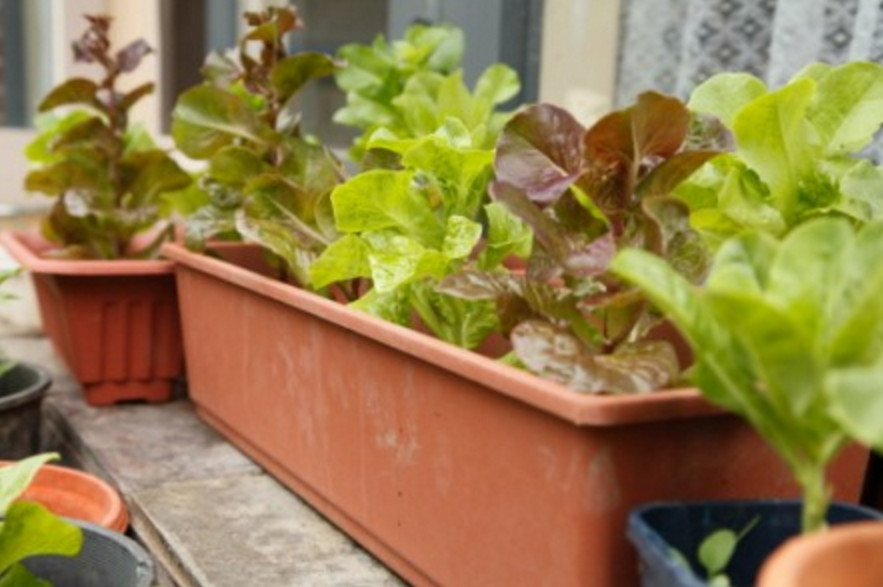The Best Veggies To Grow Indoors

When deciding which plants to grow indoors, you have a lot to consider. The best indoor vegetable choices are ones that are more compact, thus taking up less space. Other plants that do well indoors are ones that don’t require much special attention, like fertilizers or immense amounts of sunlight. Here are some of the best vegetables for your indoor garden:
Tomatoes
This is one of the most versatile vegetables, but with such a large variety of options, some are more suitable for indoor growth. Smaller varieties like Roma, Tiny Tim, Patio, Pixie, or Small fry are all great choices for the indoors. They also can be grown in hanging plants, or upside-down, making it easy to grow them wherever you have room.
All tomatoes require a lot of light, however, so be sure to have a grow light on them at least eight hours a day. Turning the containers occasionally will also help every part of the plant benefit from the light. Tomatoes benefit from frequent watering so that the soil stays moist but doesn’t get soggy or swamped.
Green onions/scallions
These are one of the easiest plants to grow indoors, and are also very easy to get your hands on. The bulbs are the last inch or so of the plant that you can buy at your grocery store. Once you use the top part, place the bulbs in a jar of water and watch them grow. If you want them to germinate more quickly, plant conventionally in a pot, but make sure they get plenty of water.
Radishes
Radishes work well indoors because they do not need to root as deeply as other root vegetables. Though you will need larger pots (at least 14 inches wide), radishes grow fast. In about four weeks, you are likely to see results. The best radishes to for this type of growing are of the globe variety, such as early scarlet globe, cherry belle, or pink beauty. The pot can be kept in a cooler room since radishes can handle colder conditions, but it will need plenty of light.
Peppers
Cherry and banana peppers are great indoor plants because they are smaller but hearty, growing more easily than your standard bell peppers. Chili peppers are also great indoor growers. The trick with these plants is keeping them warm enough, with 75 degrees being desirable, though they will still thrive in the high 60s.
Peppers grow best in large pots with drainage holes because they require a good amount of watering, so the holes will prevent the plants from drowning or the roots from rotting. Though these can be grown from seeds, if you are a new gardener, opting for the starter plants will save you some frustrations and ensure that your plants produce fruit.

Lettuce
If you have room for a bigger tub, no less than a half-gallon, try growing lettuce. The best indoor lettuce is the leafy varieties like Swiss chard, tom thumb, or arugula. These plants also require posts with drainage holes in order to prevent the roots from rotting. If you are starting from seeds, be sure to plant them about four inches apart, and to watch carefully as they begin to sprout, leaving only the largest and healthiest shoots.
If you are planting from starter plants, make sure to separate the roots before covering them with soil. Either way, lettuce plants benefit from lots of water, so be sure to keep the soil always moist. Pull the leaves off as needed, opting for the outer ones so that the plant continues growing without disturbing the roots.


